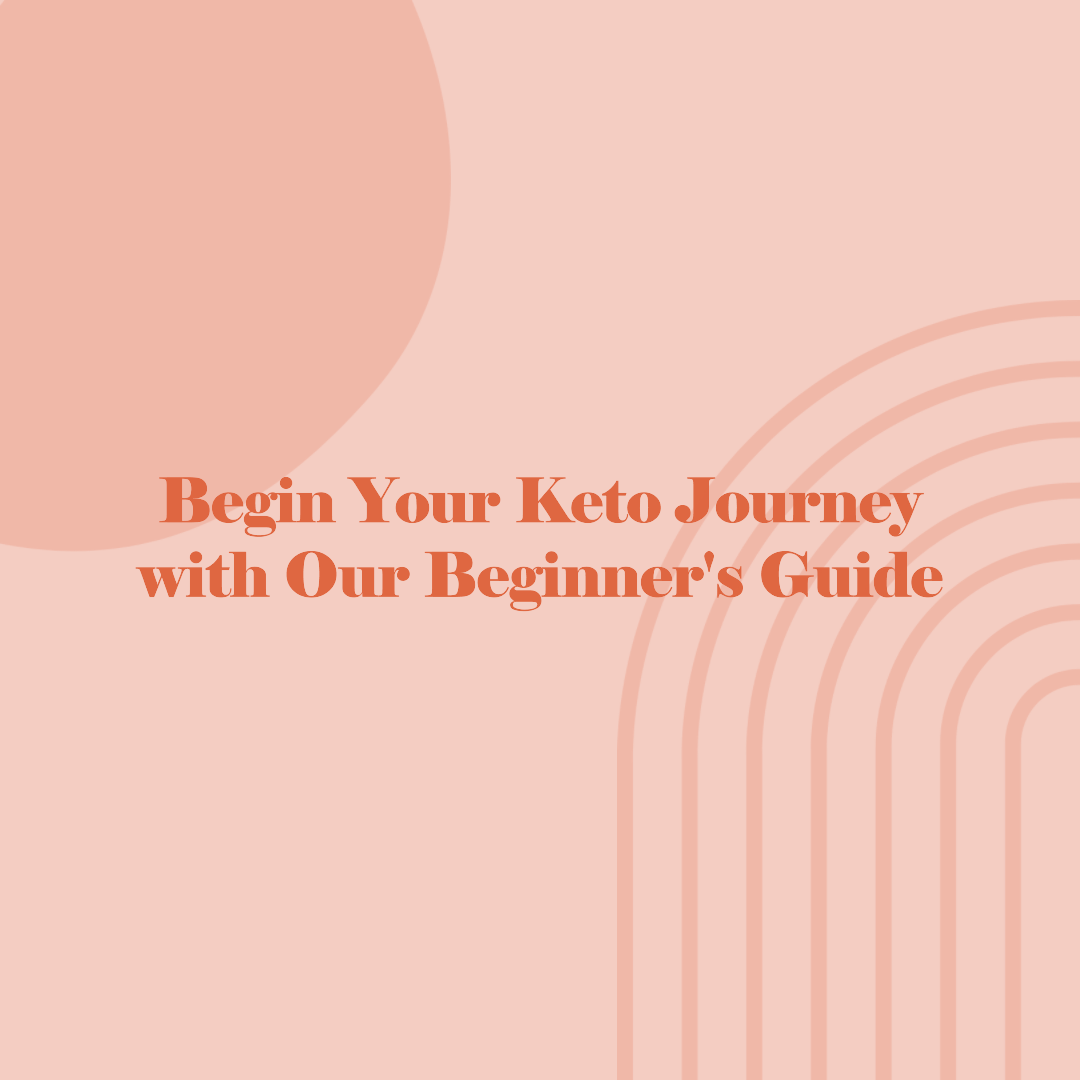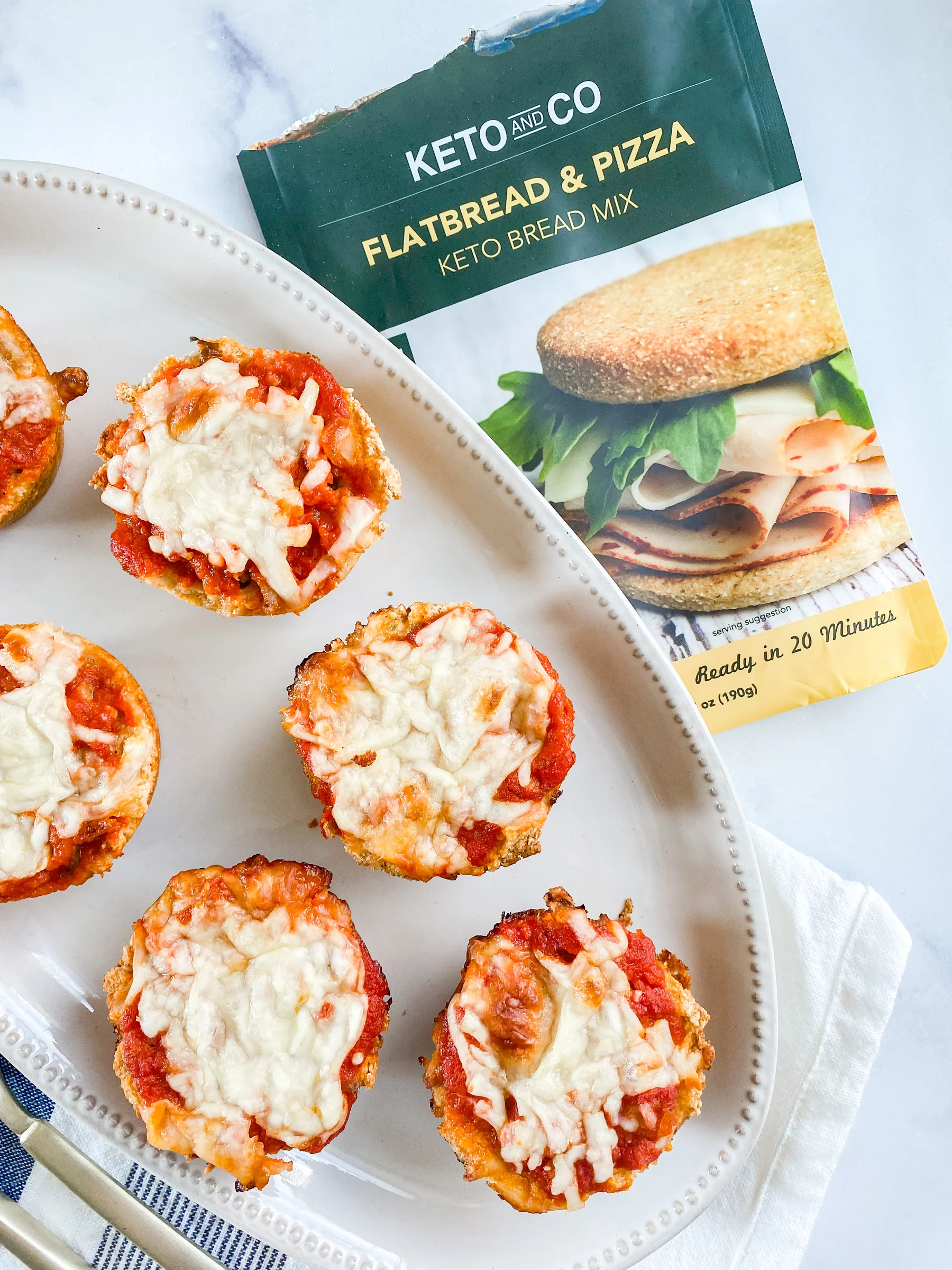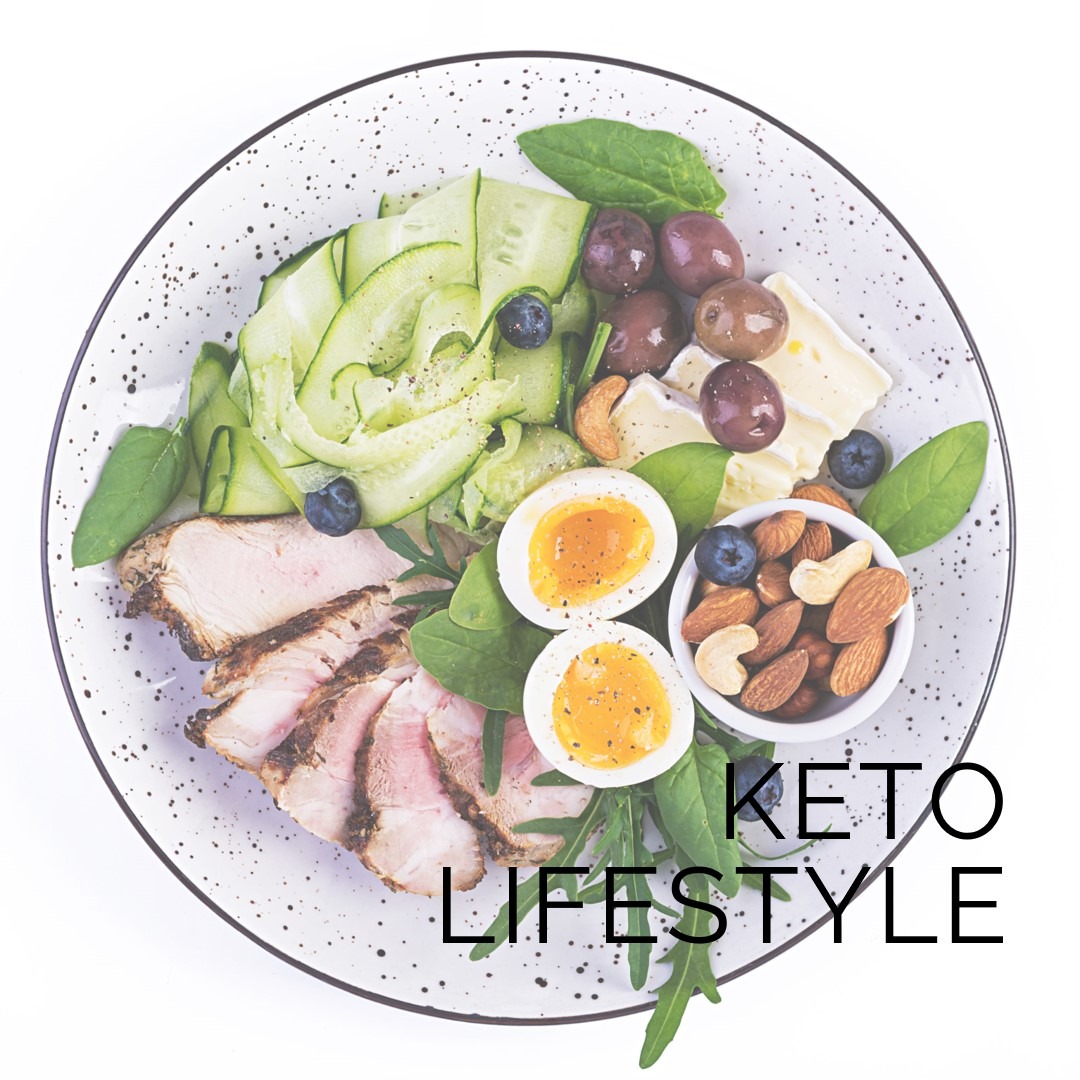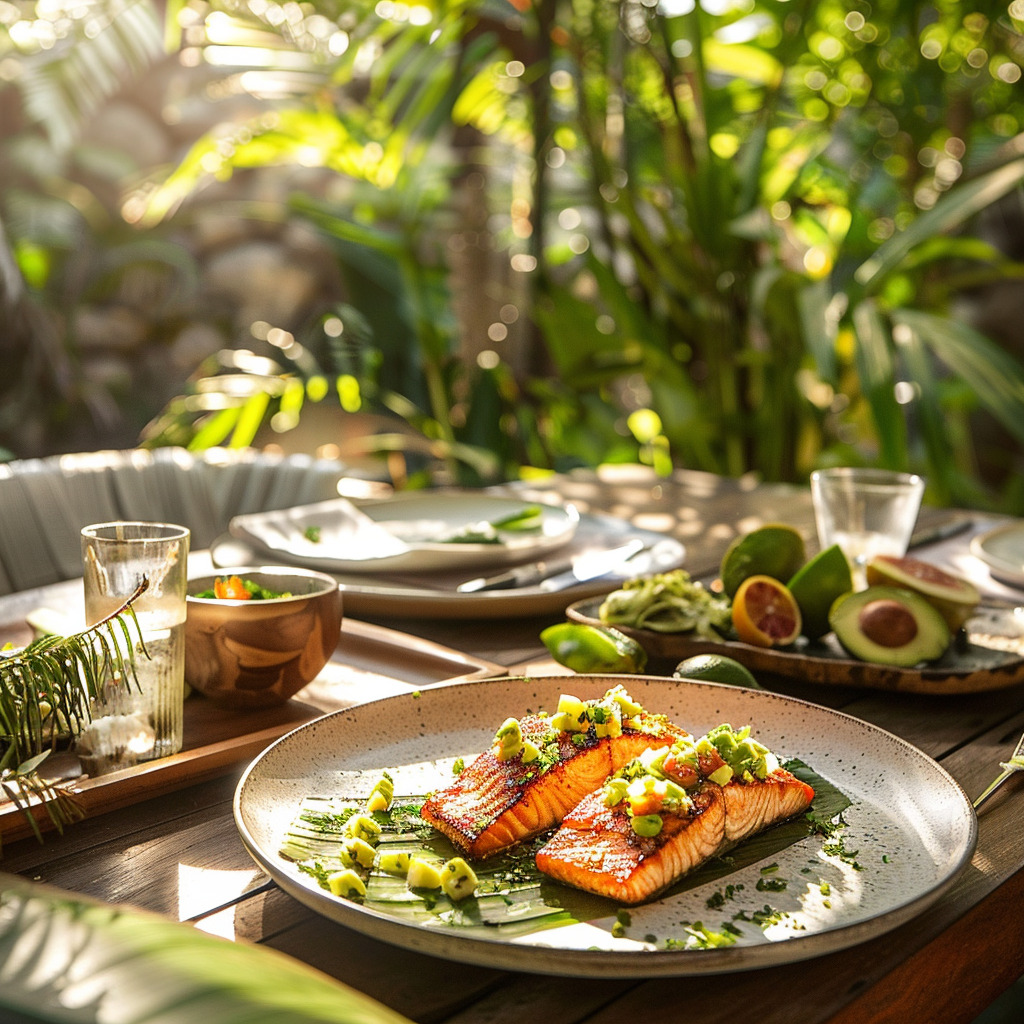
Are you a beginner eager to start on a health journey with the Keto diet? If so, you’ve arrived at the right place. This article is specifically designed for Keto beginners, providing all the information you need to start a Keto diet. This popular eating plan has transformed the lives of millions worldwide, and now it’s your turn.
The Keto diet, short for ketogenic, is a low-carb, high-fat diet that’s been making waves in the health and fitness world. It’s not just another fad diet; it’s a lifestyle change that promises significant benefits, from rapid weight loss to improved brain function.
In this article, we’ll delve deep into the Keto diet. We’ll explore its origins, the fascinating science behind it, and the numerous benefits it offers. We’ll also provide practical tips on how to transition into a Keto diet, meal planning and preparation, and how to incorporate exercise into your new lifestyle.
What is a Keto Diet?
Before we dive into the how-to’s, let’s first understand what a Keto diet is. The Keto diet is a low-carb, high-fat diet designed to put your body into a metabolic state known as ketosis.
The story of the Keto diet dates back to the early 20th century, used initially as a treatment for epilepsy. However, it has since evolved into a popular weight loss and health optimization strategy.
The science behind the Keto diet is fascinating. When you consume fewer carbs, your body has to look for other sources of energy. It turns to stored fat, breaking it down into molecules called ketones. This process is known as ketosis, and it’s the secret sauce that makes the Keto diet so effective.
Unveiling the Benefits of a Keto Diet
Having explored the fundamentals of the Keto diet and the intriguing science that powers it, we now venture into the most thrilling part – the multitude of benefits it brings. The Keto diet isn’t merely a ticket to weight loss; it’s a gateway to a healthier, more energetic, and vibrant version of you.
Weight Loss – More Than Just Shedding Pounds
Undeniably, the most celebrated benefit of the Keto diet is weight loss. But it’s not just about dropping pounds; it’s about how the Keto diet makes it happen. When your body enters the metabolic state of ketosis, it transforms into a fat-burning powerhouse. This shift allows you to shed those stubborn pounds that have been clinging on, all while keeping hunger pangs at bay.
But here’s the real kicker – the Keto diet doesn’t just help you lose weight; it helps you do it sustainably. By reducing your carbohydrate intake and making fats your primary source of energy, you’re not just slimming down; you’re reshaping your relationship with food. You’re learning to fuel your body with the right nutrients, which means you’re not just losing weight – you’re setting yourself up for long-term success.
How to Start a Keto Diet
Starting on a Keto diet might seem overwhelming at first, especially for beginners. But fear not! We’re here to guide you through every step of your Keto journey. Let’s simplify it into manageable steps, making Keto for beginners a less daunting experience
Medical Consultation
Before you dive headfirst into the Keto diet, it’s crucial to consult with a healthcare professional. They can assess your overall health and determine if the Keto diet is the right fit for you. Remember, what works for one person may not work for another. Your health is unique, and your diet should be too.
Setting Realistic Goals
Next, it’s time to set some goals. Are you looking to lose weight? Improve your brain function? Or maybe you want to reap the other health benefits the Keto diet offers. Whatever your goals, make sure they’re realistic and achievable. Remember, the Keto diet is not a quick fix; it’s a lifestyle change.
Planning Your Diet
Now, let’s get to the fun part – planning your diet. The Keto diet is all about low-carb, high-fat foods.
- Foods to Eat: Fill your plate with healthy fats like avocados, nuts, and seeds. Don’t forget to include a good source of protein like meat, poultry, or fish. And of course, load up on non-starchy vegetables like spinach, broccoli, and zucchini.
- Foods to Avoid: On the flip side, you’ll want to avoid high-carb foods. This includes sugary foods like soda and candy, grains like rice and pasta, and even certain fruits like bananas and grapes.
Transitioning into a Keto Diet – The Smooth Shift
Having uncovered the numerous benefits of the Keto diet, you’re likely ready to dive in. However, transitioning into a Keto diet, especially for beginners, isn’t something to be rushed. It’s a substantial lifestyle shift, and like any significant change, it’s best approached with a well-thought-out plan.
Gradual Reduction of Carbs – The Gentle Approach
One of the key aspects of the Keto diet is its low-carb nature. But that doesn’t mean you should cut out all carbs overnight. Instead, consider a more gradual approach. Start by reducing your intake of high-carb foods, and slowly increase your consumption of Keto-friendly foods. This gentle transition can make the shift less shocking to your system and increase your chances of sticking with the diet in the long run.
Dealing with the Keto Flu – The Temporary Hurdle
As your body adjusts to the Keto diet, you might experience some temporary side effects, often referred to as the “Keto flu”. Symptoms can include fatigue, headaches, and irritability. But don’t worry – these symptoms are temporary and a sign that your body is successfully transitioning into ketosis.
Importance of Hydration and Electrolyte Balance – The Essential Elements
When you’re on a Keto diet, staying hydrated and maintaining a good electrolyte balance is crucial. As your body enters ketosis, it may shed excess water, which can deplete your electrolytes. So, make sure to drink plenty of water and consume foods rich in electrolytes like potassium, magnesium, and sodium.
Exercise and the Keto Diet – The Dynamic Duo
While the Keto diet can work wonders on its own, pairing it with regular exercise can supercharge your results. Exercise not only helps you burn more calories, but it also improves your overall health and well-being.
Importance of Exercise – The Health Booster
Exercise is a crucial component of any healthy lifestyle, and the Keto diet is no exception. Regular physical activity can help you reach your weight loss goals faster, improve your heart health, boost your mood, and so much more. Plus, it can make your transition into ketosis smoother and help you get the most out of your Keto diet.
Recommended Exercises for Individuals on a Keto Diet – The Keto-Friendly Workout
When it comes to exercising on a Keto diet, the world is your oyster. You can choose from a wide range of activities, from brisk walking to weightlifting. The key is to find something you enjoy and can stick with in the long run.
Remember, the goal is to complement your Keto diet, not to exhaust yourself. So, listen to your body and adjust your workout routine as needed.
Conclusion – Your Journey to Better Health
Embarking on a Keto diet is like setting sail on a journey towards better health. It’s not just about losing weight or looking good; it’s about embracing a healthier lifestyle that can transform your life in profound ways.
We’ve covered a lot of ground in this guide, from understanding what a Keto diet is to exploring its numerous benefits, and learning how to transition into this new way of eating. We’ve also discussed the importance of exercise and potential challenges you might face along the way.
Remember, the Keto diet is not a one-size-fits-all solution. It’s a flexible, adaptable approach to eating that you can tailor to your unique needs and goals. So, don’t be afraid to experiment, adjust, and find what works best for you.
Starting a Keto diet might seem daunting, but with the right information and a positive mindset, you can make the transition smoothly and successfully. So, are you ready to take the first step towards a healthier, more vibrant you? The journey might be challenging, but the rewards are well worth it.
Frequently Asked Questions
What is a Keto diet?
A Keto diet, short for ketogenic, is a low-carb, high-fat diet designed to put your body into a metabolic state known as ketosis. It’s a lifestyle change that promises significant benefits, from rapid weight loss to improved brain function.
How does the Keto diet work?
When you consume fewer carbs, your body has to look for other sources of energy. It turns to stored fat, breaking it down into molecules called ketones. This process is known as ketosis, and it’s the secret sauce that makes the Keto diet so effective.
How do I start a Keto diet?
Starting a Keto diet involves several steps, including consulting with a healthcare professional, setting realistic goals, planning your diet, and gradually reducing your carb intake. It’s also important to stay hydrated and maintain a good electrolyte balance.
What foods should I eat and avoid on a Keto diet?
On a Keto diet, you should eat low-carb, high-fat foods like avocados, nuts, seeds, meat, poultry, fish, and non-starchy vegetables. You should avoid high-carb foods like sugary foods, grains, and certain fruits.


















